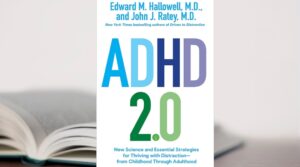Digital Media and The Brain
A recent article published by NMSBA lays out 6 things that impact the neuroplasticity of the brain. There are positive and negative aspects to the impact of technology on our cognitive functioning.
- Attention – Information learnt while multi-tasking can encourage information to be stored in the part of the brain specialising in facts and ideas rather than in long-term storage. This means the information is stored in a shallower way, therefore making it more difficult to retrieve. Regular interruptions also tend to reduce our ability to sustain our attention on the task at hand.
- Memory – ‘Cognitive offloading’ is the tendency to rely on the internet to aid memory. Those who rely on Google more are less likely to form memory around the information they find.
- Thought – Reading on a digital device can reduce your ability to think abstractly about what you are reading. Creativity and invention rely on the ability to deliberate and think deeply or abstractly.
- Empathy – Being more distracted reduces your ability to be empathetic. Writing by hand may help create memory and thoughts, in a way that typing cannot. This can help us stop and think about others, and help us create deeper connections with others.
- Meta-Awareness – Being constantly distracted by new information and notifications can reduce the brain’s ability to distinguish between what is important and what needs focus, potentially tricking us into thinking that something new is more important than what we are currently working on.
- Attitude – Screentime can increase depression, anxiety and aggression, and can contribute towards some losing touch with reality.
Each of these areas is still being investigated by CyberPsychologists and others involved in investigating the interaction between humans and technology.
As the workings of the brain are quite a specialist field, this will be an ongoing revelation about how new technology will impact how we think and behave.






